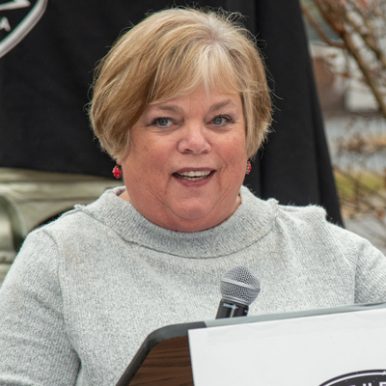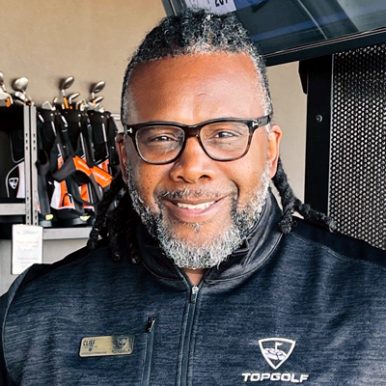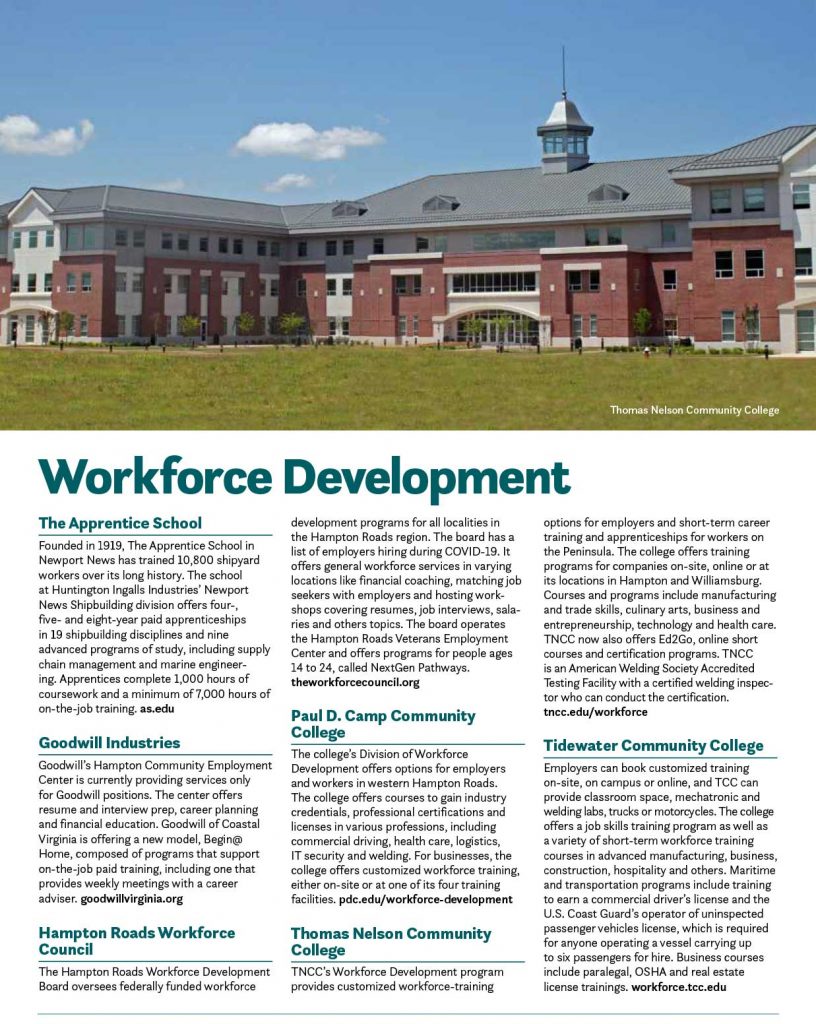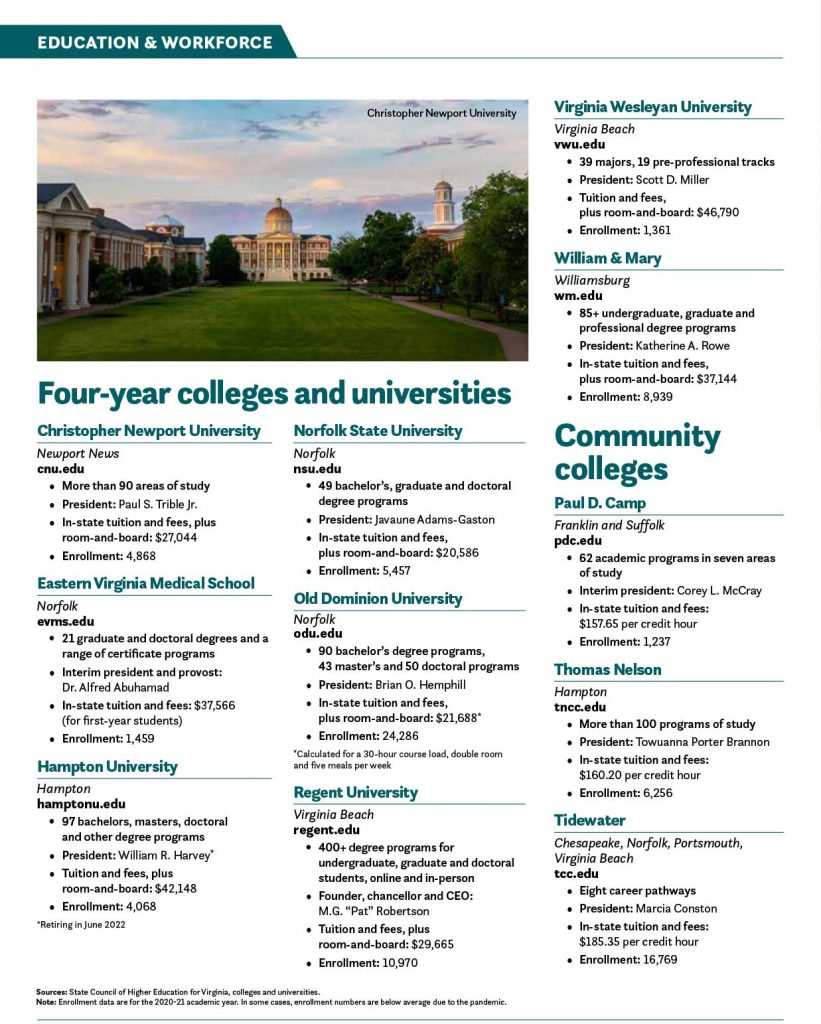These are Virginians who feed and delight us, nourishing body and soul through arts and entertainment, media, food, hospitality and tourism.

Jamelle Bouie
Opinion columnist, The New York Times
Charlottesville
Growing up in Virginia Beach, Jamelle Bouie didn’t dream of being the next Carl Bernstein. “I came very late to this,” explains Bouie, who writes about politics, history and culture for The New York Times’ opinion pages. About a year after Bouie’s 2009 graduation from the University of Virginia, he was considering applying to law school but instead won a fellowship at The American Prospect magazine, launching his journalism career. Bouie went on to cover politics for The Daily Beast and Slate before joining the Times in 2019. For fun, Bouie also reviews cereal for foodie website Serious Eats, but he’s quick to stress that Lucky Charms aren’t a mainstay of his diet. “It really is exclusively for these little fun videos,” he says.

Sylvia Bugg
Chief programming executive and general manager for general audience programming, PBS
The pandemic underscored the importance of being able to adapt to current circumstances, as PBS — and everyone else — faced COVID-19 and other challenges, including widespread racial reckoning and cultural shifts, Sylvia Bugg says. With a lot of people marooned at home, the network pulled tape from its archives and produced new content to “to help our audiences navigate these challenging times,” Bugg says. A Virginia native who enjoys traveling and reading, Bugg was promoted to her current role in October 2020, after returning to PBS as vice president of general audience programming last February. The Old Dominion University alum previously served as the Corporation for Public Broadcasting’s vice president of diversity and TV content, as well as working in programming for Discovery Communications.

Wayne Henderson
Musician and luthier
Rugby
Wayne Henderson started building guitars and other instruments as a kid in Southwest Virginia out of necessity. Now, he’s made more than 800, some of which have been played by guitar royalty, including Eric Clapton, who asked for one years ago. Henderson worked as a mail carrier for
37 years but has played Carnegie Hall, was named a National Endowment of Arts fellow, and his audiences have included President Bill Clinton and Queen Elizabeth II. An annual music festival in Grayson County that bears his name raises scholarship money, and the Wayne C. Henderson School of Appalachian Arts in Marion offers a guitar-making workshop, a class Henderson says he could have benefited from: “Boy, I wish something had been going when I was a kid.”

Rabia Kamara
Founder and owner, Ruby Scoops Ice Cream & Sweets; co-owner, Suzy Sno
Richmond
Rabia Kamara crafted an ice cream with brownies, salted caramel and blondies to win Ben & Jerry’s “Clash of the Cones,” a contest aired on Food Network in September. It’s a mixture that she says reflects her own family’s racial diversity. The Virginia Commonwealth University alum is pursuing a dream of building a frozen desserts empire. She started Ruby Scoops as a pop-up ice cream shop six years ago and opened a brick-and-mortar parlor in Richmond’s North Side in November 2020. Kamara opened Suzy Sno, a shop featuring New Orleans-style “sno-balls” in November, and plans to have a truck or trailer in 2022. In five years, she hopes to have at least three storefronts. Having returned to Virginia from Maryland, Kamara says, “Richmond is supportive of Black-owned businesses.”

Cathy Lewis
Host, “The Cathy Lewis Show”
Norfolk
In May, Cathy Lewis left “HearSay,” the daily talk show she hosted for 25 years on Hampton Roads public radio station WHRO FM. The pandemic gave her time to reflect, and she decided it was time to make room for new on-air voices. In January, she’ll launch “The Cathy Lewis Show,” a subscription-based weekly podcast, after a delay of a few months. A former WAVY-TV anchor and reporter, Lewis says she hopes the show will help people connect and discuss political issues that have caused deep divisions. “I’m hoping to connect people who feel strongly about these issues so that we can create a little community that might be able to evaluate ideas or evaluate opportunities.” She’s also a community liaison for Old Dominion University.

Matthew McLendon
Director and chief curator, Fralin Museum of Art at the University of Virginia
Charlottesville
At the University of Virginia’s art museum, no two days look the same, director Matthew McLendon will tell you. One afternoon, he’ll deliver a talk; the next day, he’ll take a key supporter to lunch. The variety, he says, “really keeps me on my toes and keeps me energized and motivated.” Nearly five years have passed since the Florida State University and University of London alum arrived in Charlottesville from Florida, where he worked as curator of modern and contemporary art at the John and Mable Ringling Museum of Art, but he still gets a thrill strolling through the exhibits. “When I see people in the galleries, especially young people, that reminds me how lucky I am to have this job,” he says.

Elliott Robinson
News director, VPM
Richmond
Elliott Robinson joined Richmond-based VPM, Central Virginia’s NPR and PBS affiliate, in September. A Hampton native and Christopher Newport University alum, Robinson was previously news editor of nonprofit journalism site Charlottesville Tomorrow. Robinson sees his role at VPM’s TV, radio and digital platform as “filling gaps” left by the shrinking number of news reporters and editors in today’s media landscape. “The pandemic made people appreciate the news even more,” he says. “People really do appreciate stories that take a step back and look at what things mean.” Early in 2022, he will oversee the launch of “VPM News Focal Point,” a weekly regional news show. In his spare time, Robinson travels and writes fiction. He also takes care of his 15-year-old dog, Missy, and serves as a board member of Virginia’s Society of Professional Journalists chapter.

Leah Ross
Executive director,
Birthplace of Country Music Museum
Bristol
Known as the “Big Bang” of country music, the 1927 Bristol Sessions recordings featuring the Carter Family and Jimmie Rodgers put the twin cities on the map and launched a new art form. As executive director of the Birthplace of Country Music Museum, which opened in 2014, Leah Ross is guardian of that historic legacy. Ross, whose first concert was Three Dog Night, became executive director of the Bristol Rhythm and Roots Reunion music festival in 2006, which merged with the museum in 2012. The festival and museum draw tens of thousands of visitors to Bristol annually. Boarded-up storefronts have turned into restaurants, women’s clothing shops, boutique hotels and comedy clubs. “You can come downtown to Bristol anytime, any day of the week or night and there’s people everywhere,” says Ross.

Gary Ryan
CEO and director, Virginia Museum
of Contemporary Art
Virginia Beach
Gary Ryan joined Virginia MOCA three years ago as its executive director and was promoted to CEO in April, a move she likens to winning the lottery. In April 2022, the museum will open an exhibit featuring the works of Maya Lin, the architect and artist best known for designing the Vietnam Veterans Memorial in Washington, D.C. Titled “Maya Lin: A Study of Water,” the solo show will focus on the artist’s representation of water — also highlighting a locally relevant issue. “The artworks presented will provide thematic connections to the complex beauty and challenges of the waterways of Hampton Roads,” says Ryan, who previously held executive roles at New York’s Katonah Museum of Art and the Metropolitan Opera.

Mark Spadoni
Managing director, Omni Homestead Resort
Hot Springs
After 20 years of running the Westin Savannah Harbor Golf Resort & Spa in Georgia, Mark Spadoni moved to Bath County in April to serve as the Omni Homestead Resort’s managing director, just as the historic 1766 resort embarks on an extensive $120 million restoration. Spadoni enjoyed his first summer in the Allegheny Mountains, noting his appreciation of Hot Springs’ clean air and dedication to Southern hospitality. “From a standpoint of being able to be at an iconic property like this, particularly with all of the repeat guests and generations of family members who have come to visit here, it was pretty exciting,” he says. “Obviously, our goal is that the property is there for the next hundred years.”

Cliff Twiggs
Director of operations, TopGolf
Henrico County
Cliff Twiggs points to his 3-year-old dreadlocks as an example of Dallas-based TopGolf’s culture of care for employees: “In the past, I just never did anything like that, but … once I joined TopGolf, I started seeing how freely this company supported you being who you are.” The sports entertainment company, which employs about 1,300 people across its three Virginia locations, values “fun, excellence, edgy spirit, one team and caring,” he says.
On top of guiding the Henrico location’s September 2019 opening and June 2020 pandemic reopening, Twiggs chairs TopGolf’s Black Associate Network Group, which supports the recruitment, advancement and retention of Black employees. TopGolf recently rewarded his leadership with a trip
to Ohio’s Pro Football Hall of Fame.

Dwayne Yancey
Editor, Cardinal News
Fincastle
Dwayne Yancey could have just retired from journalism, having logged nearly 40 years as an award-winning journalist at The Roanoke Times before leaving as its editorial page editor this year. Instead, in September, he launched Cardinal News, a nonprofit, digital news service covering Southwest and Southern Virginia. “We’re finally at the journalism part,” he says, laughing. “Getting the thing started was educational,” especially finding funding sources. Yancey leads a staff of two full-time reporters and a few freelance writers and also oversees a weekday newsletter. With fewer reporters covering the region — part of a national trend — “we see ourselves as filling a void,” says Yancey, who’s also a playwright and is staging shows in Toronto and the United Kingdom in coming months.




